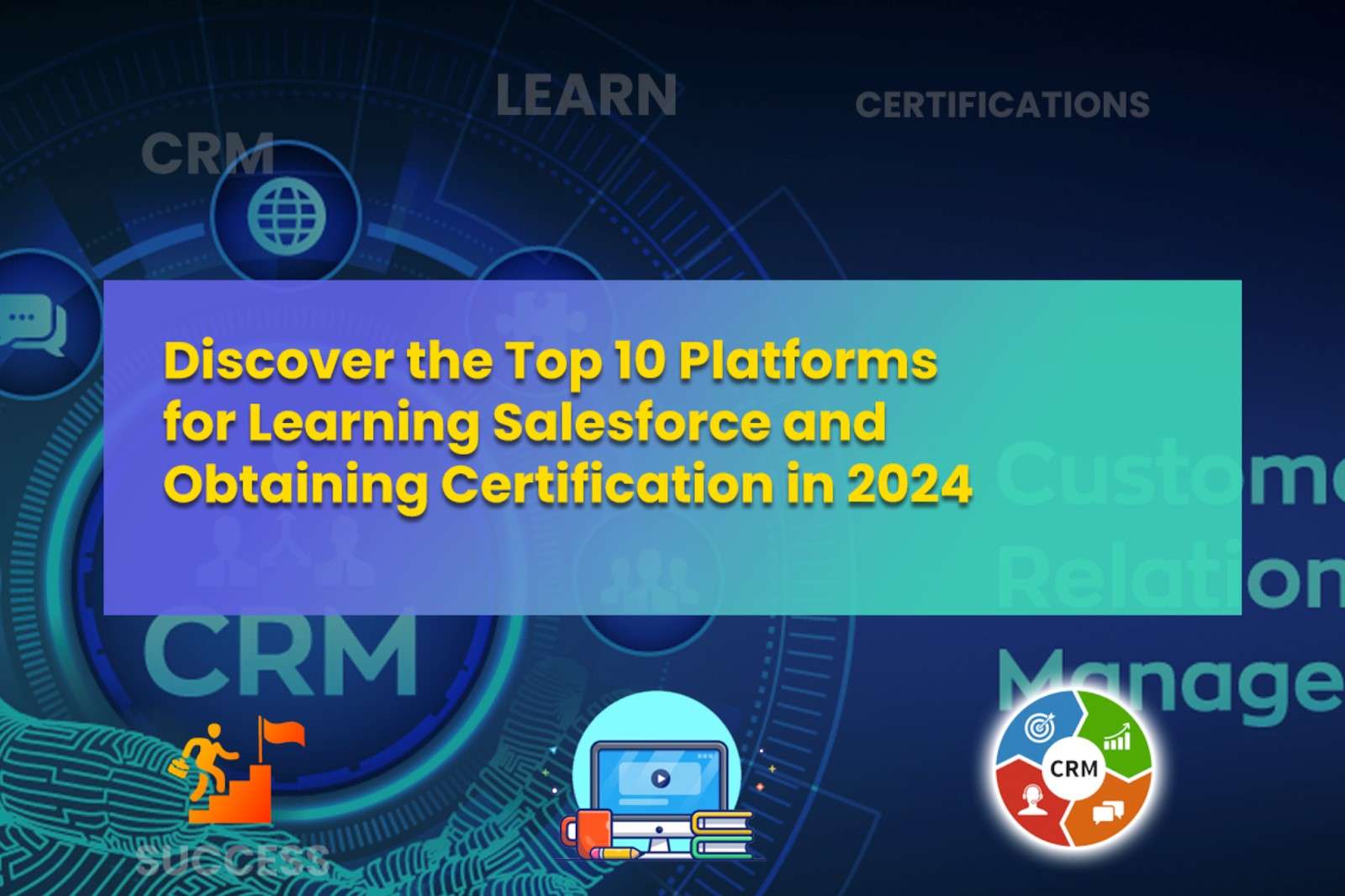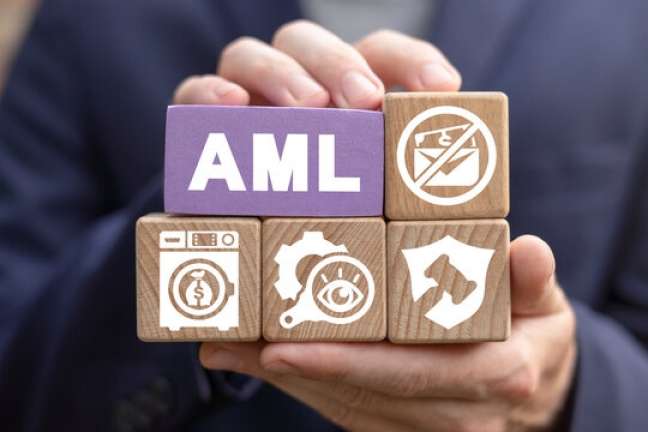Starting an online business can be overwhelming, with so many e-commerce models. To help you navigate, here are the top 10 e commerce models that can skyrocket your sales.
1. B2B (Business-to-Business)
In the B2B model, you sell products or services directly to other businesses. This often involves larger order quantities and higher price points, leading to more revenue per sale. However, B2B sales cycles are increasingly complex, requiring relationship building and navigating procurement processes.
2. B2C (Business-to-Consumer)
The B2C model is the most well-known, where businesses sell directly to individual consumers. This model requires a seamless online shopping experience, an attractive website, easy navigation, and effective marketing to drive traffic and sales. Competition can be fierce, so offering unique value is crucial.
3. C2C (Consumer-to-Consumer)
In the C2C model, individuals sell products or services to other individuals through online marketplaces like Etsy. This model allows you to start with low overhead but offers less control over the customer experience since individual sellers handle transactions.
4. Subscription
The subscription model has grown in popularity. In this model, customers pay a recurring fee to receive products or services regularly. This model generates predictable, recurring revenue and higher customer lifetime values. Success depends on continuously offering desirable and necessary products or services.
5. Dropshipping
Dropshipping allows you to sell products without holding inventory. When a customer orders, you purchase the product from a third-party supplier, who then ships it directly to the customer. This low-risk, low-cost model is excellent for beginners but often has slim margins and relies on reliable suppliers.
6. White Label
White labeling involves selling products manufactured by someone else but branded as your own. It allows for quick market entry without developing products from scratch. However, relying on the manufacturer, you have less control over the product quality.
7. Private Label
Private labeling is similar to white labeling but with more control. Products are manufactured exclusively for your brand, allowing for unique formulations and branding. This model requires more upfront investment and lead time than white labeling.
8. Marketplace
The marketplace model involves creating a platform for other businesses or individuals to sell their products or services, like Amazon or Etsy. You provide the infrastructure and take a cut of each sale. Building a successful marketplace requires attracting buyers and sellers and creating a seamless experience.
9. Affiliate
In the affiliate model, you promote other people’s products or services and earn a commission on each sale. This model is great for monetizing an audience without creating products or handling fulfillment. Success depends on building trust and credibility with your audience.
10. Direct-to-consumer (DTC)
DTC involves brands selling their products directly to consumers, bypassing traditional retail channels. This model gives you complete control over your brand, pricing, and customer experience. It requires significant investment in marketing and acquisition, allowing for direct customer relationships and valuable insights.
Choosing the Right E-commerce Model
When choosing the right e-commerce model, consider these factors:
- Research Your Target Market: Understand your ideal customers’ needs, preferences, and buying habits. Conduct market research to identify opportunities and gaps.
- Analyze Your Skill Set: Different models require different expertise and investment. Choose a model that aligns with your strengths.
- Consider Startup Costs: Some models require more upfront investment than others. Evaluate your budget and financial goals.
- Evaluate Profit Margins: Understand each model’s profit potential, considering pricing, competition, and overhead costs.
- Determine Inventory Management Needs: Different models have different requirements for storing, tracking, and fulfilling inventory.
Key Elements of a Successful E-commerce Business
- Value Proposition: What unique value do you provide?
- Customer Segments: Who are your ideal customers?
- Channels: How do you reach and engage customers?
- Customer Relationships: Build strong, lasting relationships.
- Revenue Streams: Diversify your income sources.
- Key Resources: Invest in top talent and technology.
- Key Activities: Optimize key processes like product development and marketing.
- Key Partnerships: Build mutually beneficial relationships.
- Cost Structure: Manage and optimize your costs.
Leveraging Social Media
- Choose the Right Platforms: Focus on platforms where your target customers are active.
- Create Engaging Content: Share a mix of educational, entertaining, and inspiring posts.
- Influencer Partnerships: Partner with trusted influencers to amplify your reach.
- Social Media Advertising: Use paid ads to scale your online sales.
- Measure ROI: Track and analyze key metrics to refine your strategy.
Adapting to Market Trends
- Stay Agile: Be willing to pivot when necessary.
- Embrace New Technologies: Leverage new tools to streamline operations.
- Personalize Customer Experience: Use data to create tailored experiences.
- Adopt an Omnichannel Approach: Create a seamless experience across all channels.
- Prioritize Sustainability: Implement sustainable practices to appeal to conscious consumers.
Conclusion
Understanding the various e-commerce models can help you find the right fit for your business. Each model has its strengths and weaknesses, so choosing the one that aligns with your goals, resources, and target market is essential.
Read More: How to Start Your Own E-Commerce Busniess















